by Andrew Nalband

About the Book
Building a Second Brain offers a system for managing personal knowledge so you can become more organized, productive, and creative. In this visual summary we’ll cover:
Managing information overload so you can become more creative and less stressed.
The CODE System for managing knowledge: Capture, Organize, Distill, and Express.
How to use The PARA Method to get more done by organizing for action.
How the timeless practice of writing can declutter your mind and introduce clarity.
“Andrew Nalband's visual guide to my book Building a Second Brain is one of the best ways of understanding the ideas it contains I've ever seen. Humans are inherently visual, and these thoughtful, entertaining images help abstract concepts sink much deeper into our minds.”
-Tiago Forte
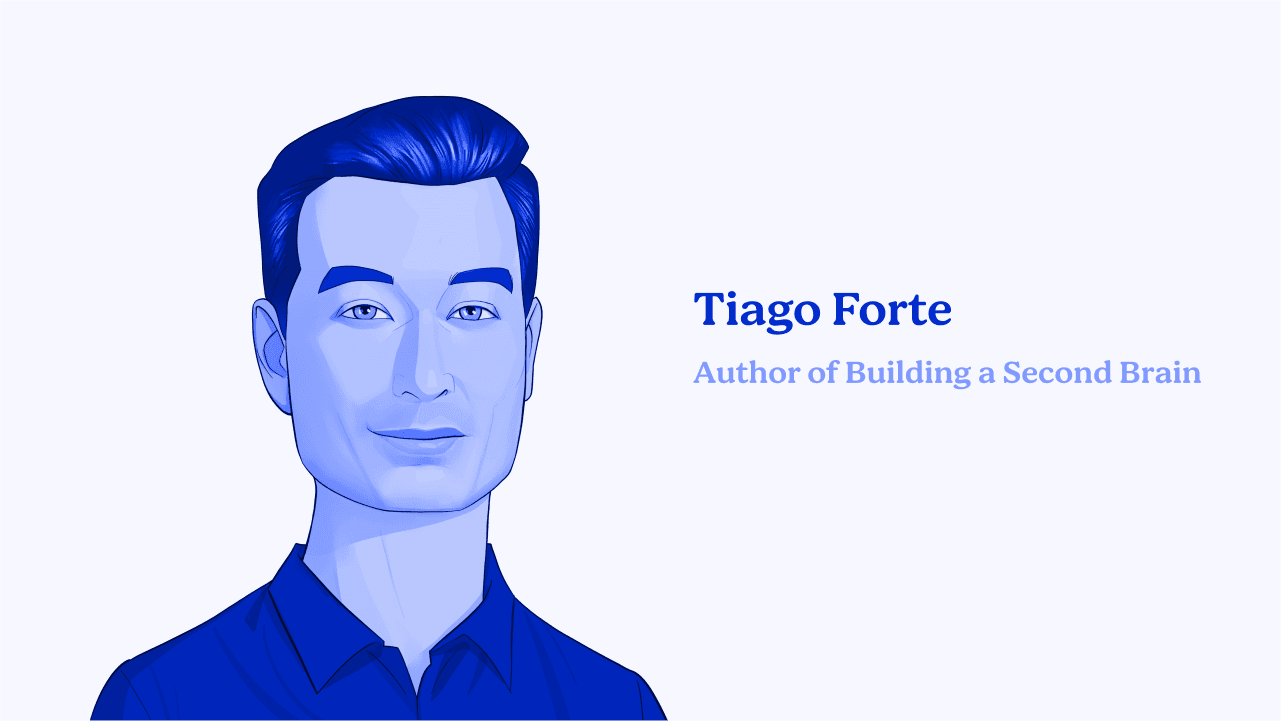
Don't Lose Your Free PDF
Get your Visual Guide to Building a Second Brain as a free PDF.

The Digital Deluge
Every day, you stand in the path of an unending jet of information. Your phone, with its constant notifications, draws you into a swirl of emails, social media, and news headlines. The more you engage, the heavier the weight of your mental fatigue. Your concentration scatters, anxiety surges, and you’re left feeling overwhelmed.
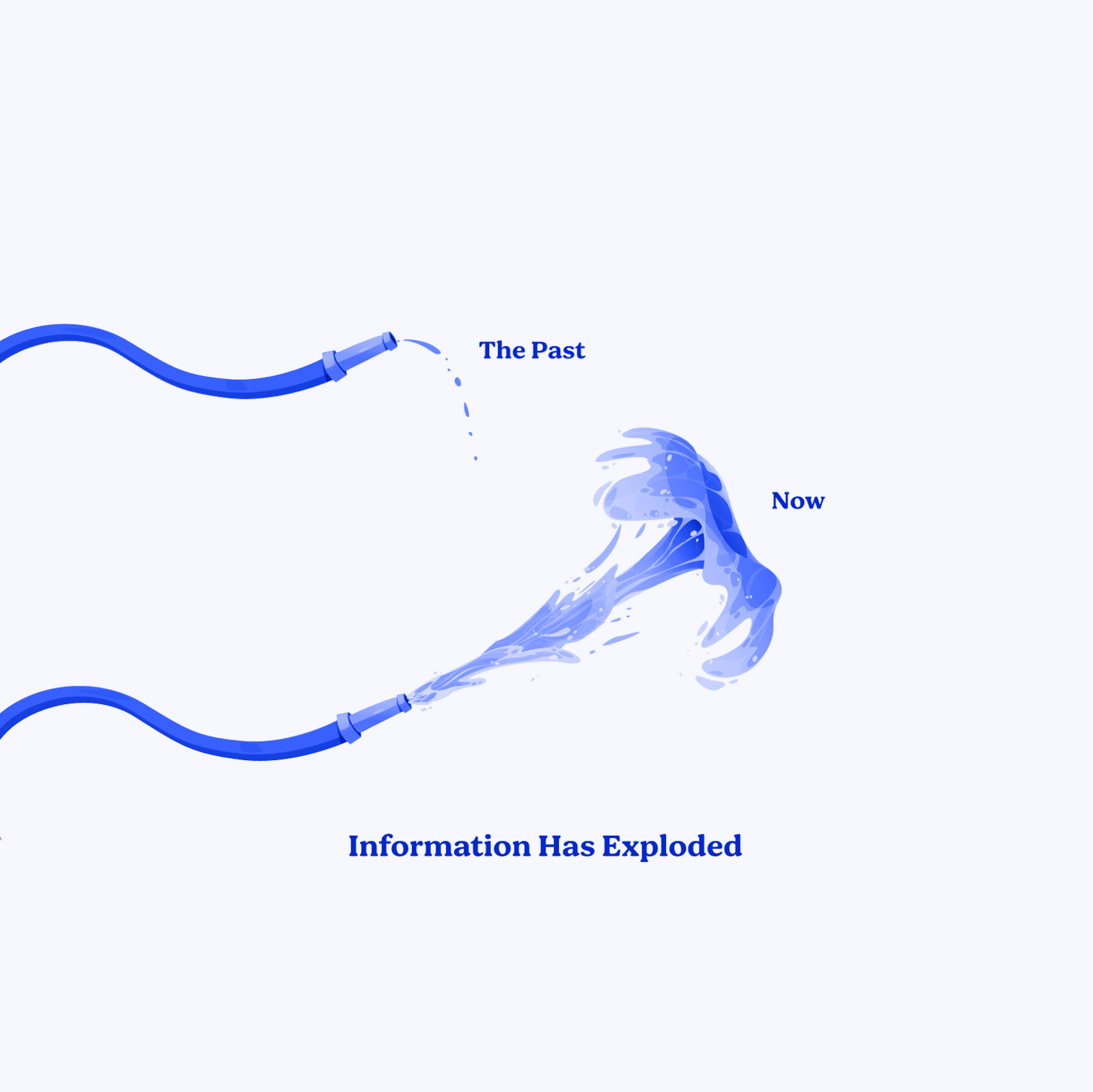
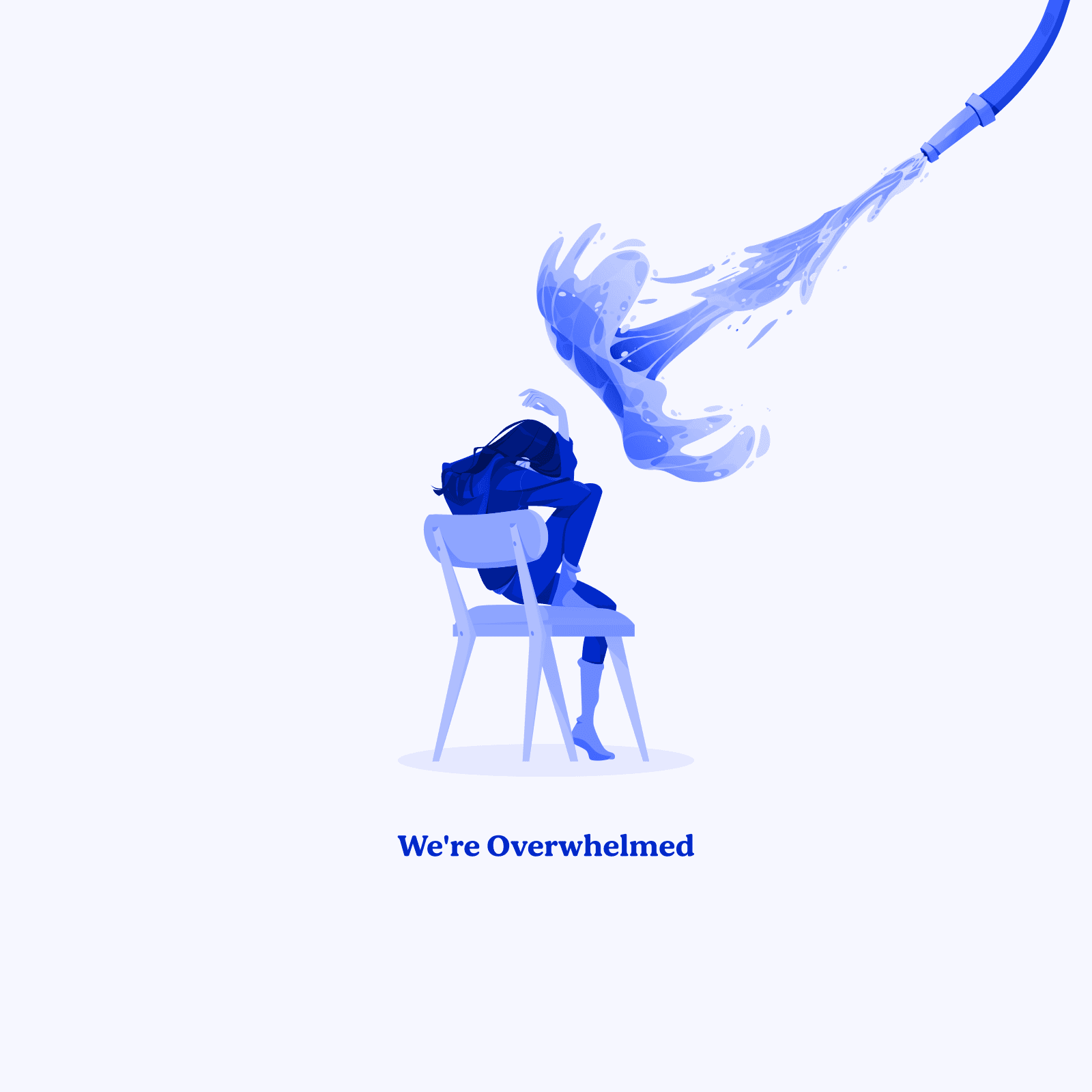
This digital deluge isn't an accident. It’s been meticulously designed by world-class scientists, engineers, and designers with a singular goal: hijack your brain and monopolize your attention. As a result, your mind has become a chaotic maze with no clear path to the calm center.

Building a Second Brain offers hope for untangling this mess. In Tiago’s words:
"It all begins with the simple act of writing things down." -page 2
This might sound basic, but it’s incredibly powerful. By documenting your thoughts into digital notes, you empty the junk drawer of your mind onto the page. Once you have a clear view, you can start to organize and manage your thinking.
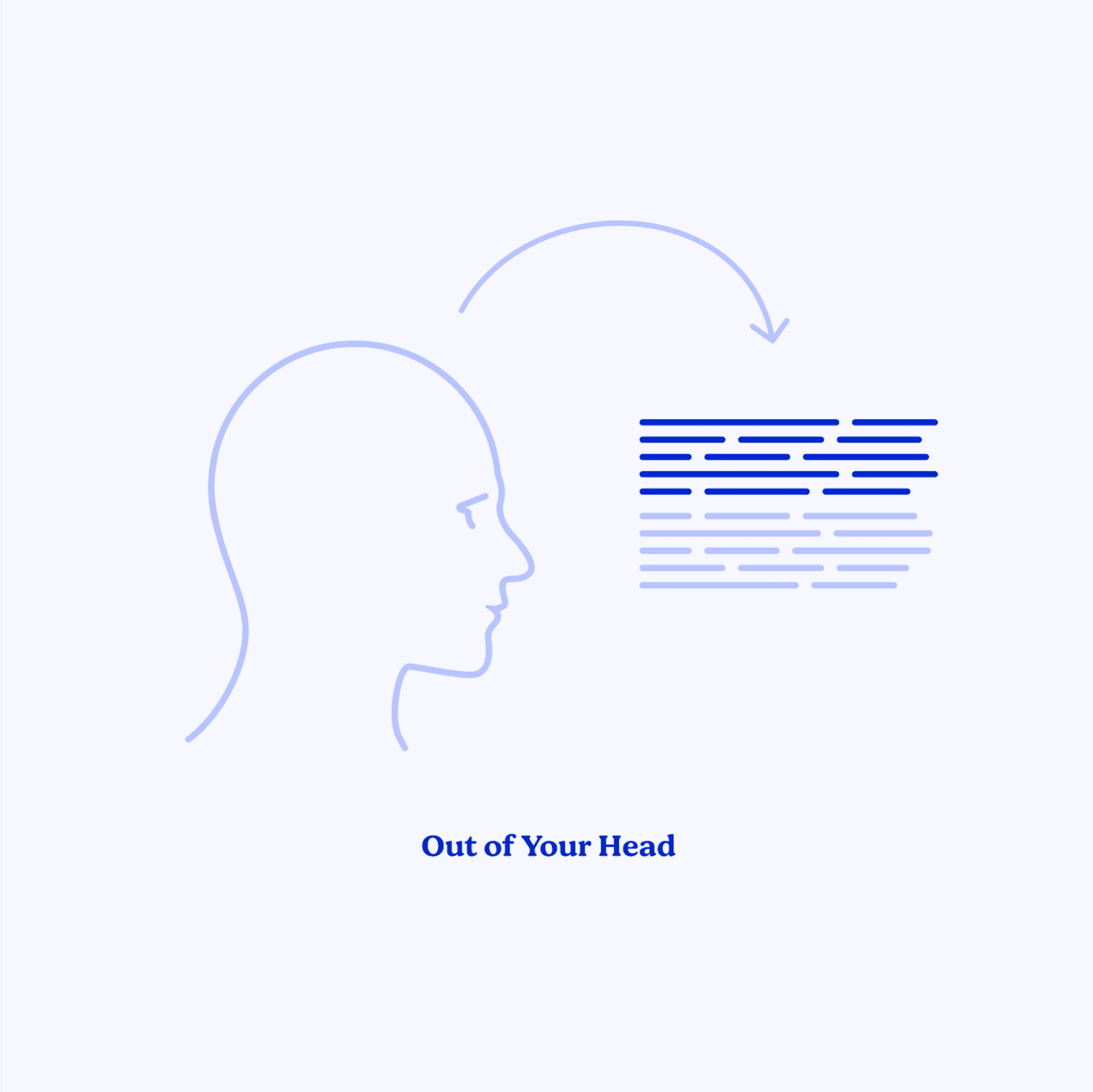
As chaos gives way to clarity, your mind is freed to thrive on its natural strengths: creativity and imagination. By offloading the task of remembering to trusted digital tools, you regain control, reduce stress, and make space for creativity.

In an age that echoes with countless voices fighting for your attention, it’s essential to value your own unique perspective. Tiago lays out a blueprint—CODE—for managing your personal knowledge. It teaches you to Capture, Organize, Distill, and Express your ideas, amplifying your voice amidst the surrounding din.
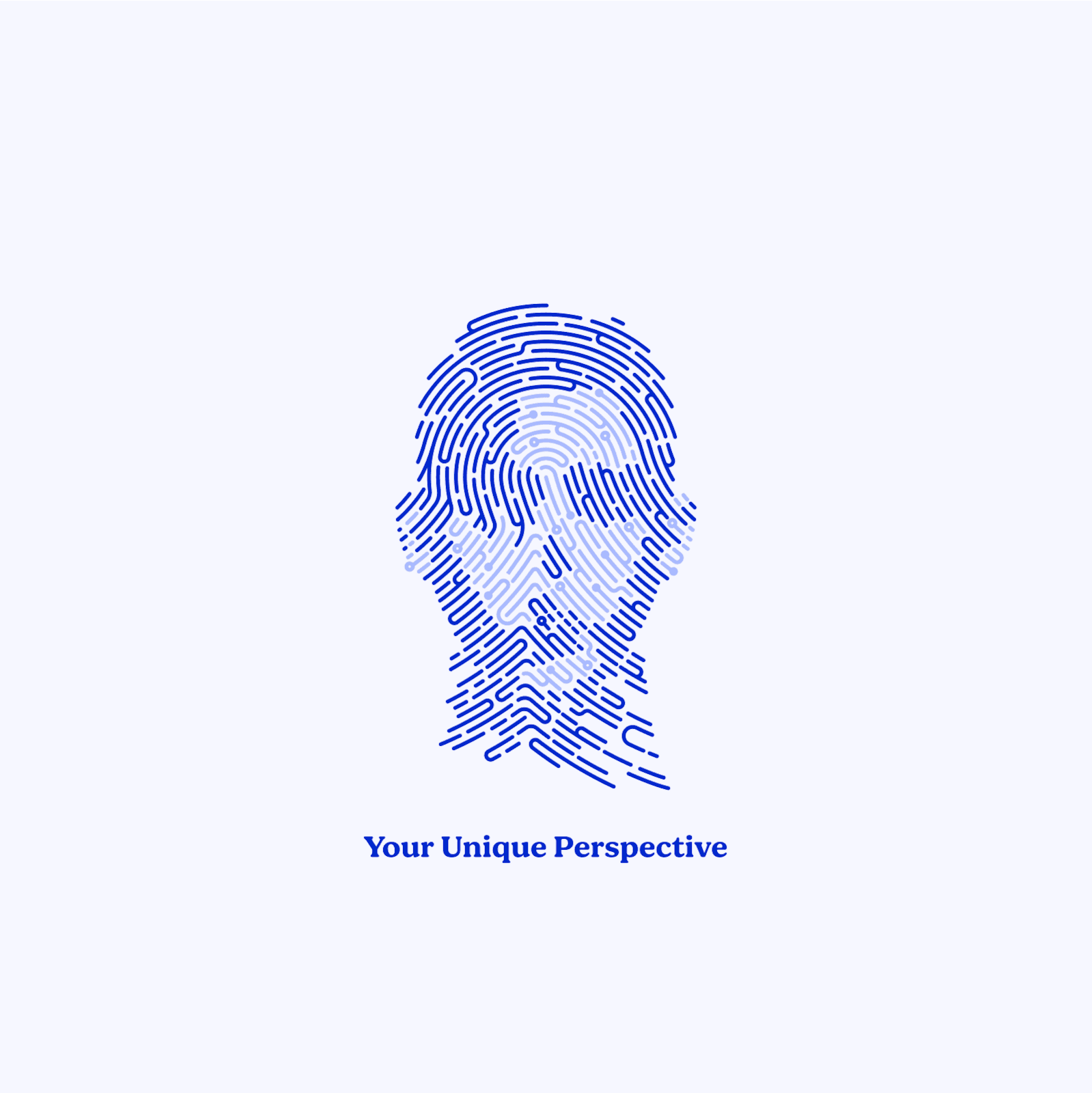
The CODE System
Capture: Keep What Resonates
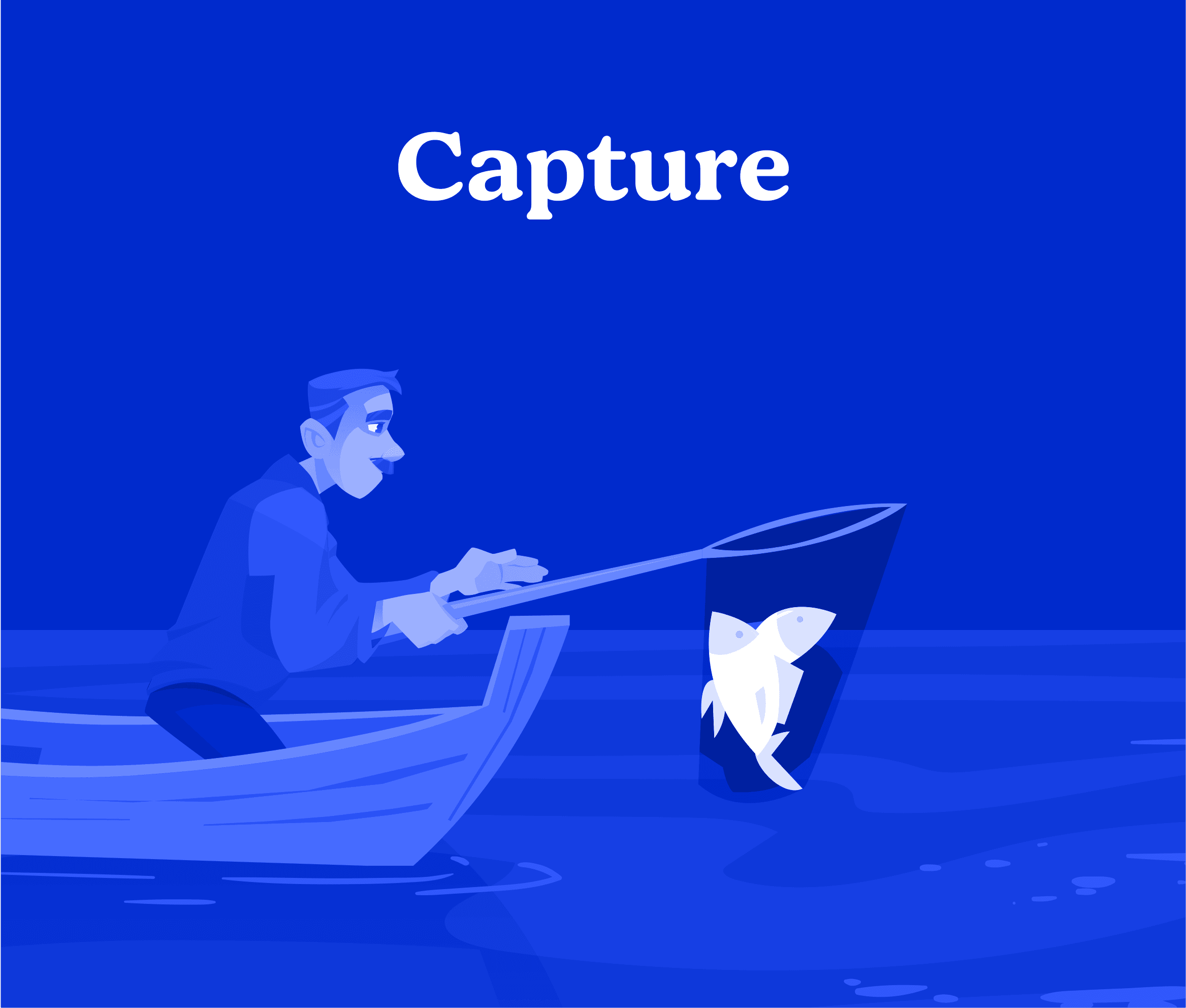
The first step in managing your personal knowledge is to create a reliable capture system. An effective capture system fulfills two critical roles:
Creating a trusted place to hold valuable ideas.
Shielding your attention from persistent distractions.
Read It Later
Tiago recommends read-it-later apps for capturing external ideas. These tools help you aggregate links to content so you can opt to read it later. They fulfill the first role of a capture system by reliably storing this information.
They also subtly tackle the second objective by keeping you focused and on-task. Rather than binging the content in front of you, you capture it for later—preserving your current focus. This helps you break the cycle of information addiction.
If you're familiar with my summary of Atomic Habits, you'll recall the four-stage habit loop. It drives all behavior in an endless cycle of: Cue, Craving, Response, Reward. "Read it later" apps intervene in this cycle. They replace the immediate gratification of reading with the satisfaction of collecting. This helps you to stay focused on your present task.
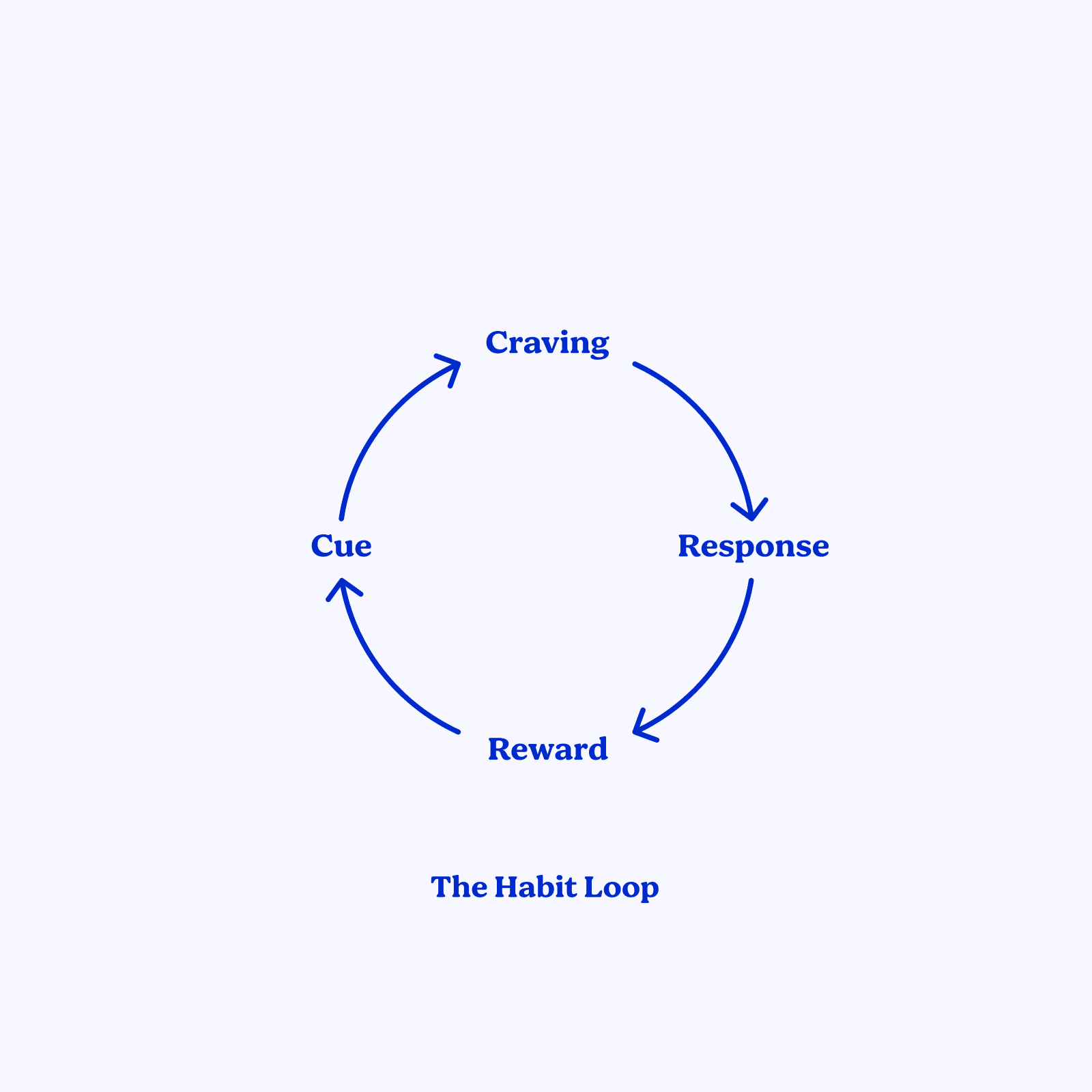
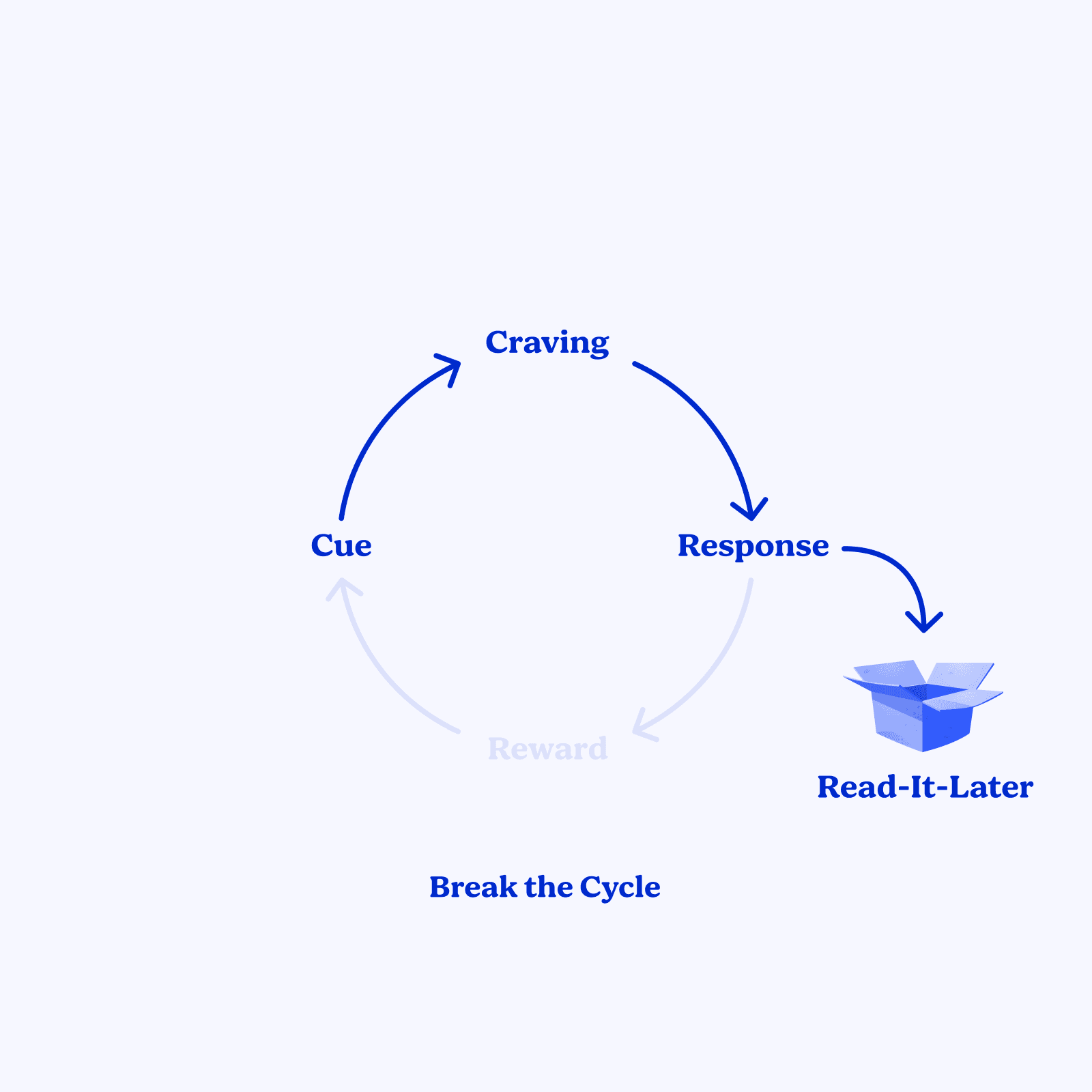
The Second Brain Toolkit
Note taking and read-it-later apps are core pieces of your Second Brain. You may also capture from social media, web clippers, and transcription tools. Any place that you encounter useful information online may be an input to your Second Brain. As Tiago notes:
Make no mistake: you will continue to use many kinds of software to manage information (page 74)

What to Capture
There is simply too much information to collect all of it. Tiago recommends being a curator by using four criteria to evaluate whether something is worth keeping.
Does it inspire me?
Is it useful?
Is it personal?
Is it surprising?
Things that inspire you could be quotes, stories, or ideas you can use to get out of a creative funk. Tiago gives the example of keeping a folder full of positive customer testimonials. This could be used to lift your mood on an off day, or convince a potential client to work with you.
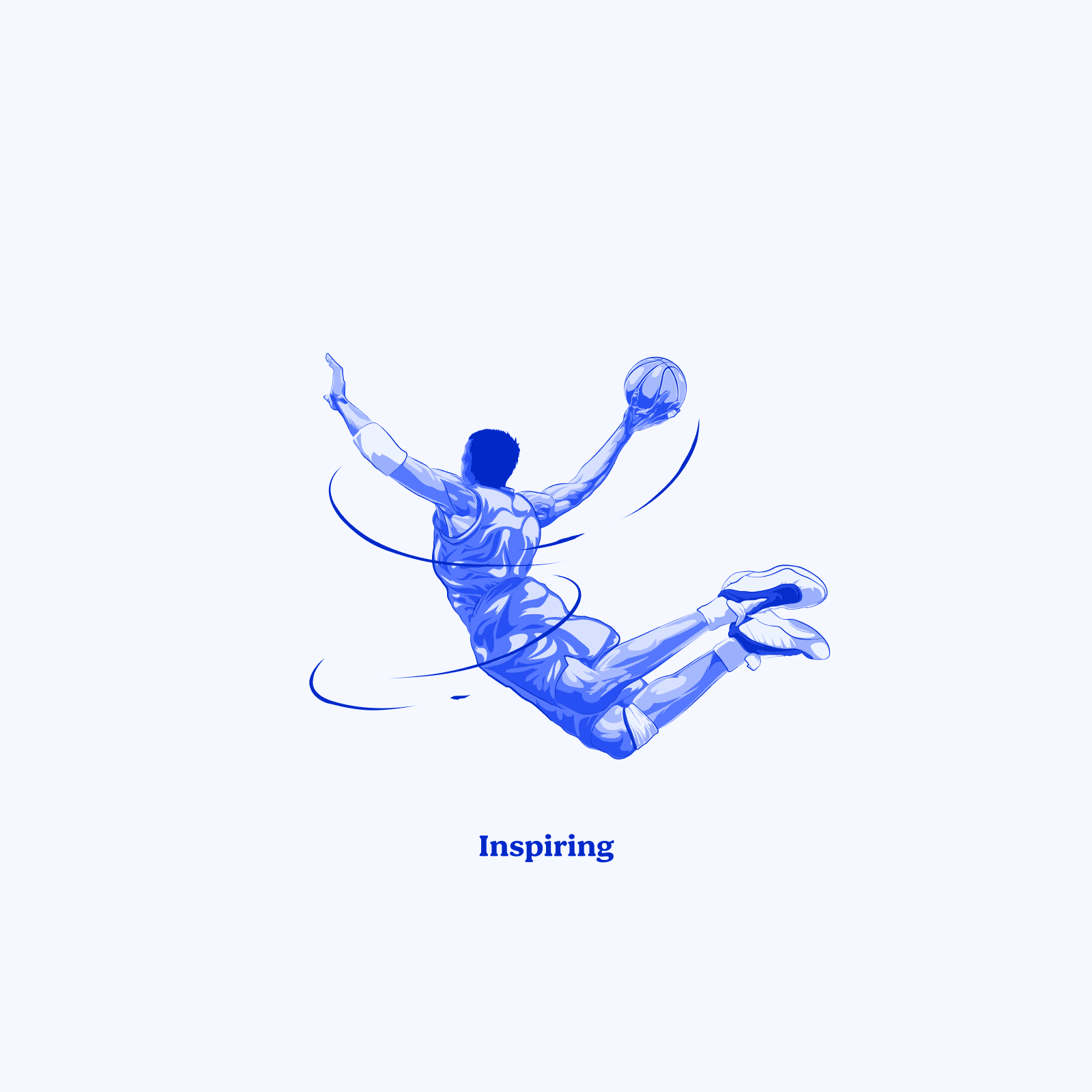
To determine if something is useful, think about your goals. You might look for helpful diagrams, research findings, or useful statistics. Imagine them as tools that can help you achieve your goals.
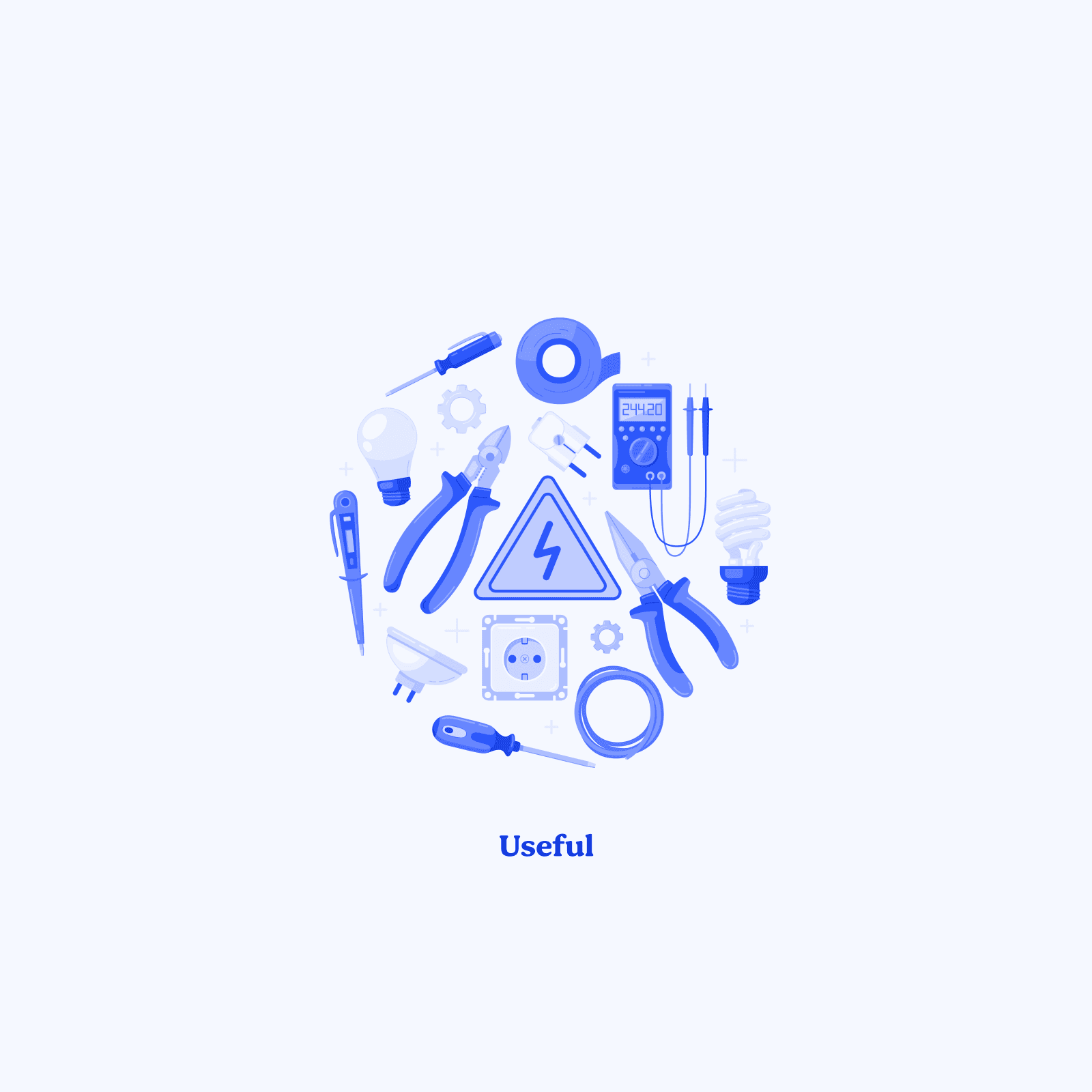
The third criteria involves anything of personal meaning to you. It could be photos or mementos from experiences and trips. It could be capturing your own thoughts and ideas through journaling. Capturing these personal items is a great way to amplify your own voice.
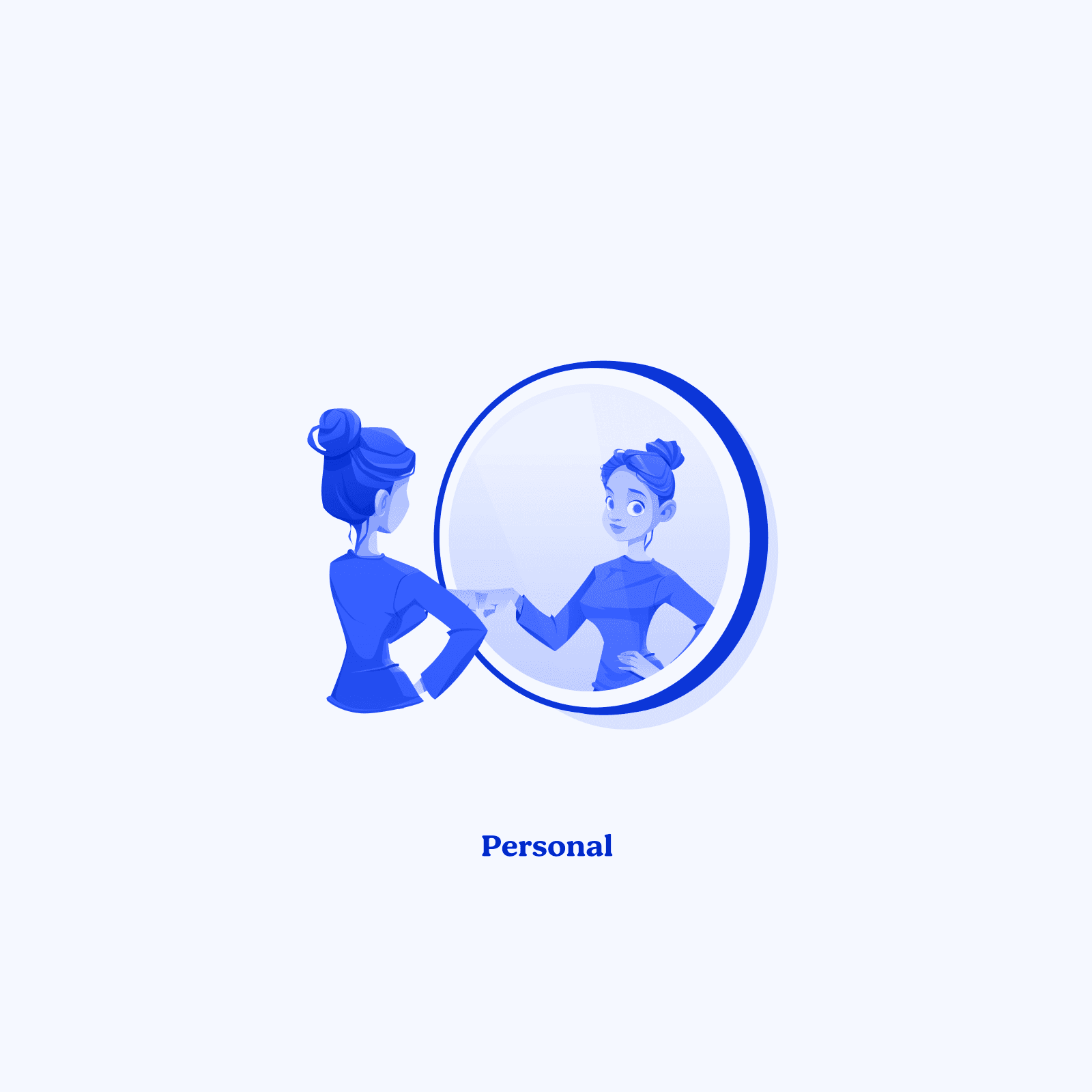
The final category is to save things that are surprising. Algorithms and our social media feeds are trained and biased to feed us information we already agree with. When you come across something that makes you think, there’s likely some real value there. If you feel surprised it’s a good sign that something is worth capturing.

As Tiago succinctly puts it: "Ultimately, capture what resonates." It's not about following a rigid set of rules; it's about listening to your emotions and your intuition.
“Look inside for a feeling of pleasure, curiosity, wonder, or excitement, and let that be your signal for when it’s time to capture.” (p. 45)
Once you’ve developed the habit of capturing, it’s time to absorb the information. While reading what you’ve captured is good, you can take things a step further by rewriting what you’ve captured in your own words. When you write something in your own words it has the effect of making you more likely to remember it. This has been well researched, and it’s known as the “Generation Effect.”
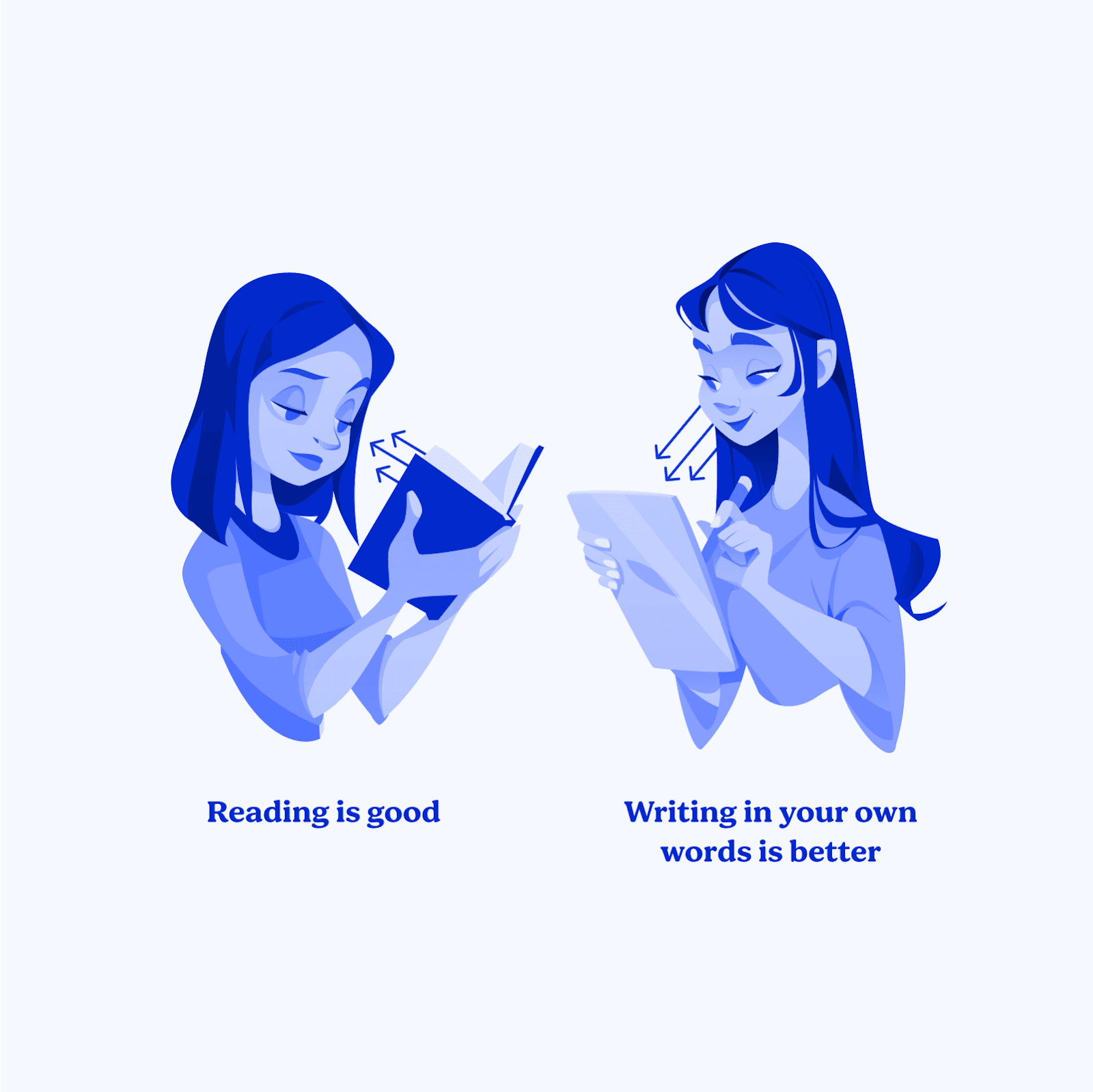
Organize: Prepare For Action

Once you’ve developed the habit of capturing you’ll need a system for organizing it. Tiago’s system of organization has three core principles:
Use one organizational system across all your tools
Organize for action
Organize as you go
The PARA Method: One Organizational System
The system that Tiago recommends is called PARA: Projects, Areas, Resources, and Archive. The idea is to create a folder for each of the PARA categories across every tool you use: to do app, note taking app, your documents folder, etc. No matter what apps you’re using, you stick to this unified system.
Here’s a short summary of what to put in each folder:
Projects: Short-term efforts in your work or life that you’re working on now.
Areas: Long-term responsibilities you want to manage over time.
Resources: Topics or interests that may be useful in the future.
Archive: Inactive items from the other three categories.
Projects are things you’re actively working to complete. They have a clear endpoint when they will be finished. Examples include building a website or finishing your taxes.
Areas are the parts of your life you’re responsible for managing. They require active effort, but don’t have an endpoint. They tend to have a standard you want to uphold. Examples include staying fit and healthy, being a parent, or managing your finances.
The Resources folder is a toolkit. It holds items that will be useful in the future. Examples include finished projects, interesting statistics, and articles you share with others to explain ideas.
Archive is where you store items when they aren’t relevant in any of the other categories. You probably won’t go into your archive very often, but it serves the purpose of storing things you may find valuable in the future.
Tiago says you can think of this method like a kitchen. Projects are actively cooking on the stove. Areas are in the fridge. They are ready for frequent use and need to be replenished. Resources are in the pantry holding useful things you don’t need on the counter. Archive is the freezer where you put things for long term storage:
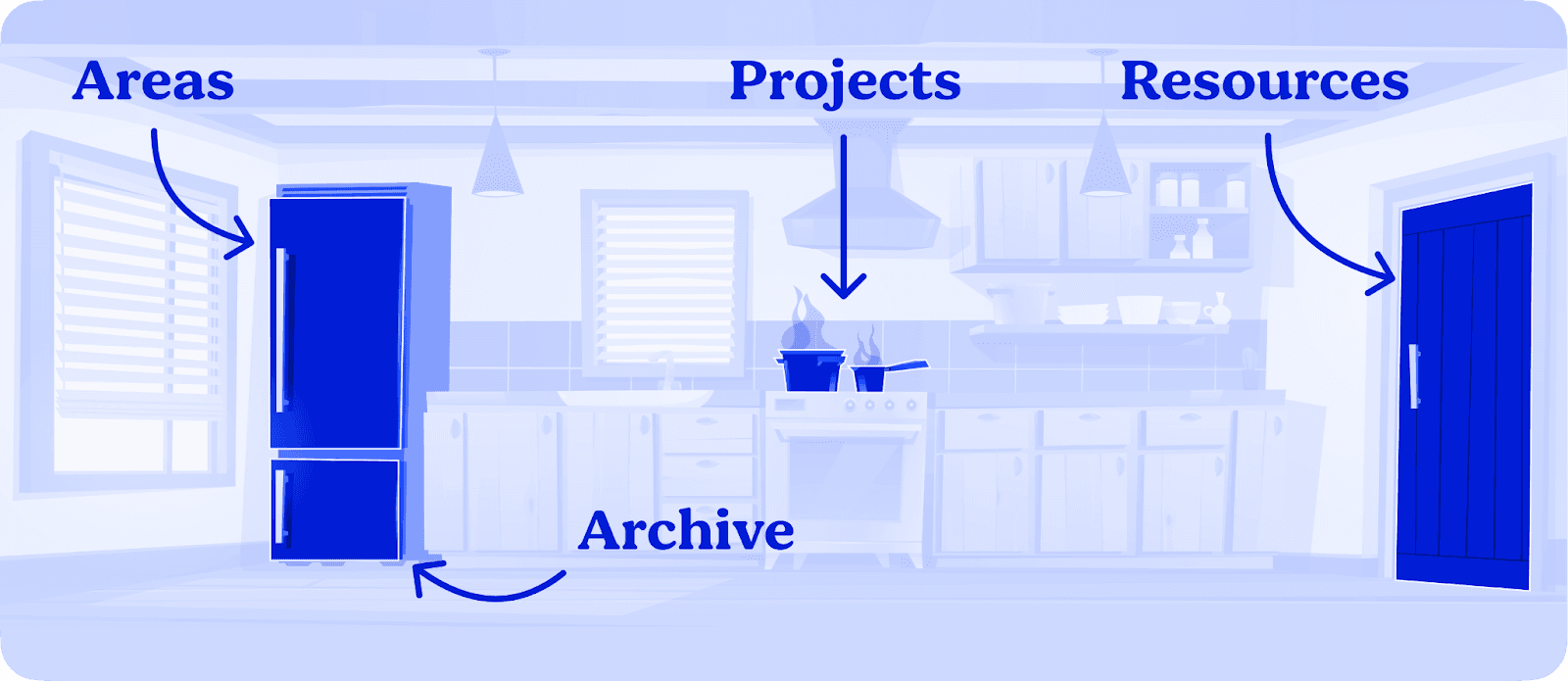
Organize for Action
A core principle of PARA is organizing for action. It’s designed to be a working system for getting things done. The folders go from most to least actionable:
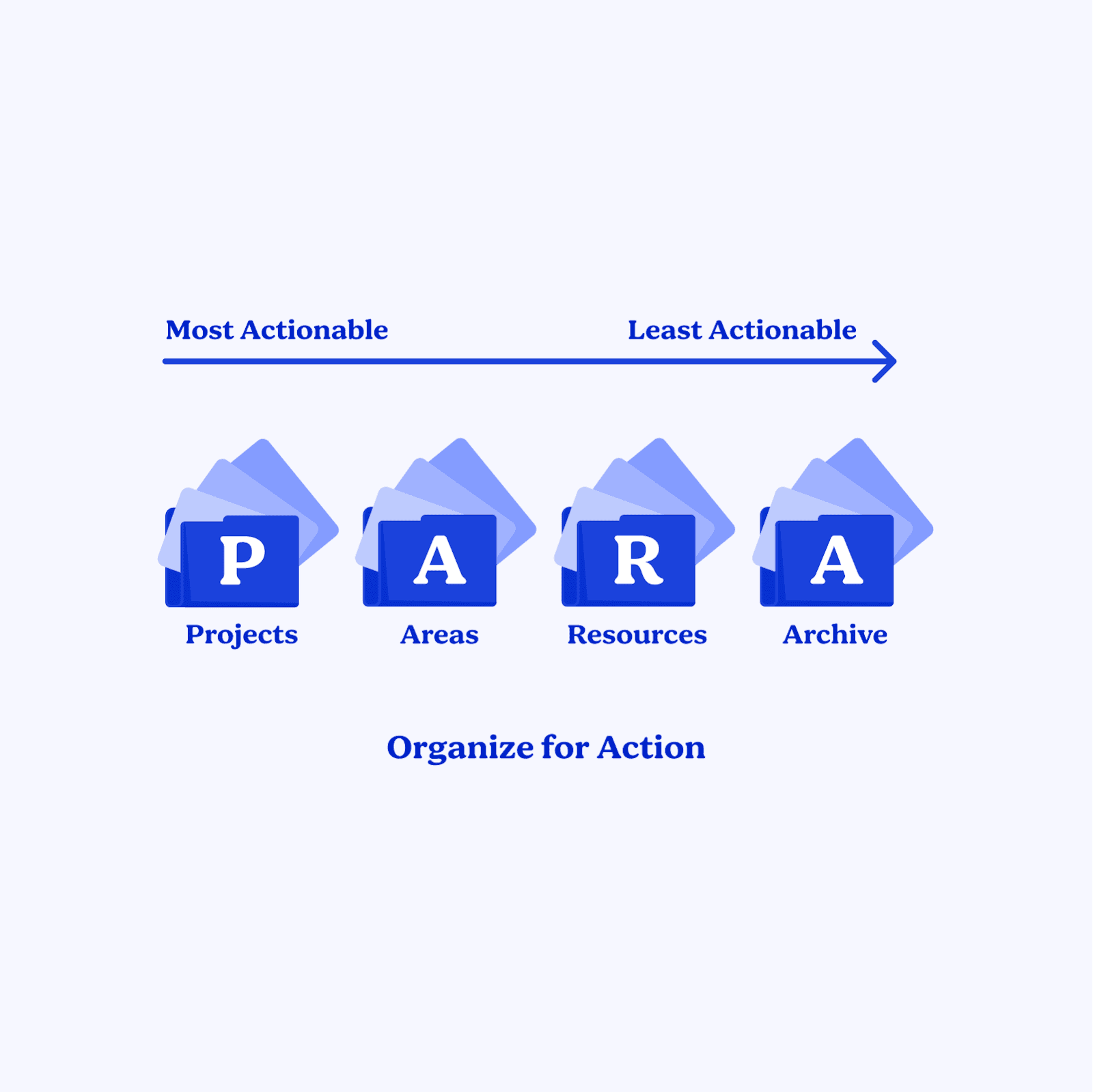
Organizing in this way helps you move your projects forward. As Tiago says:
“The best way to organize your notes is to organize for action, according to the active projects you are working on right now. Consider new information in terms of its utility, asking, ‘How is this going to help me move forward one of my current projects?’”. (page 46)
This way of organizing is in contrast to the categorical organization we’re taught in school. That system encourages you to make folders for subjects like “Psychology” and “Biology”. That works well for a library, but PARA is designed to help you use your information to produce output.
On a practical level, Tiago recommends sorting information by using the following three questions:
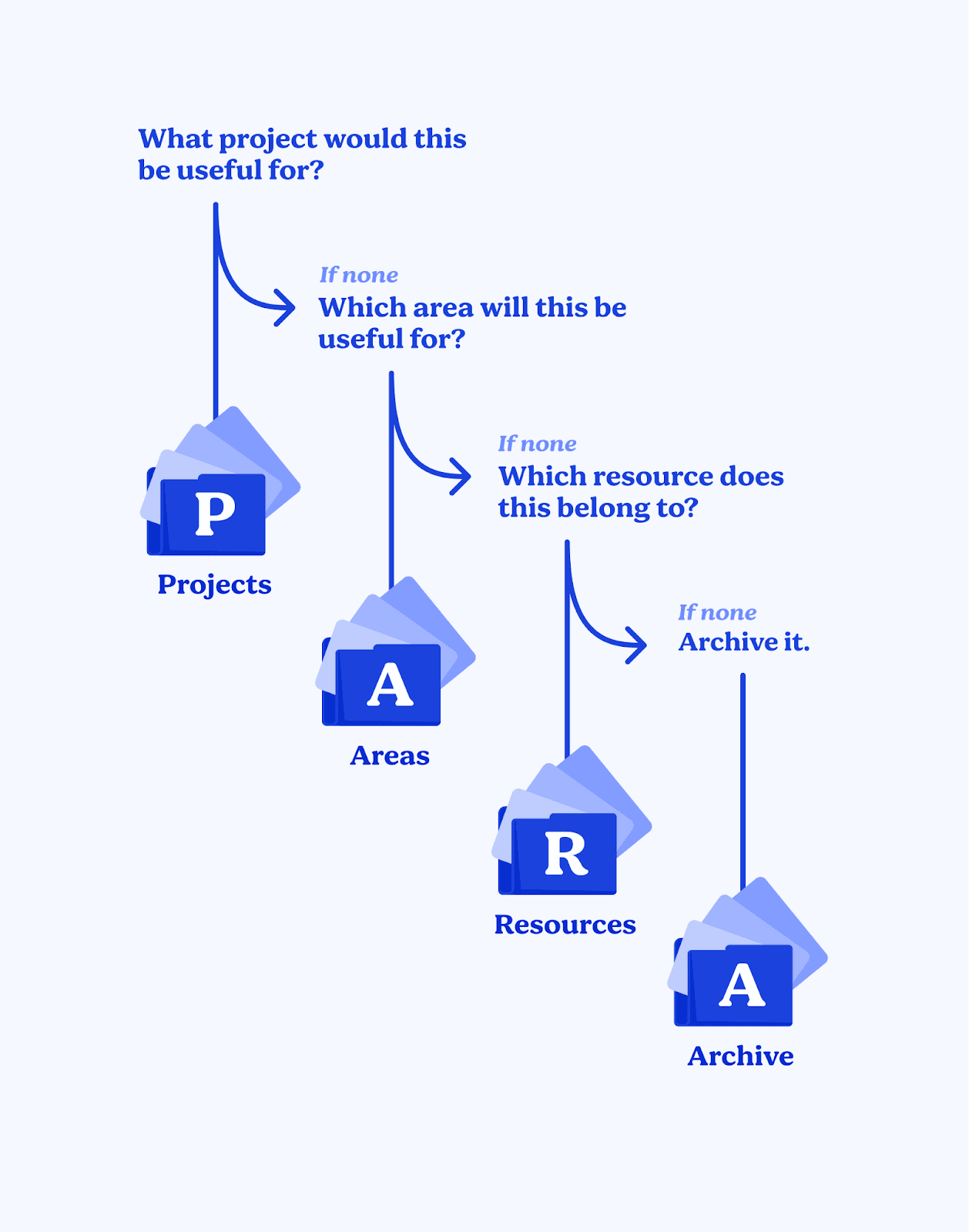
Organize As You Go
Rather than doing all your organizing up front as a part of a big project, Tiago recommends organizing as you go. He says:
“It’s crucial to stay organized, but it needs to be done a little at a time in the flow of our normal lives.” (p. 219)
We often think of getting organized as a big heavy lift. Tiago suggests a continuous set of light-touch habits will build up over time to the big result of being organized.
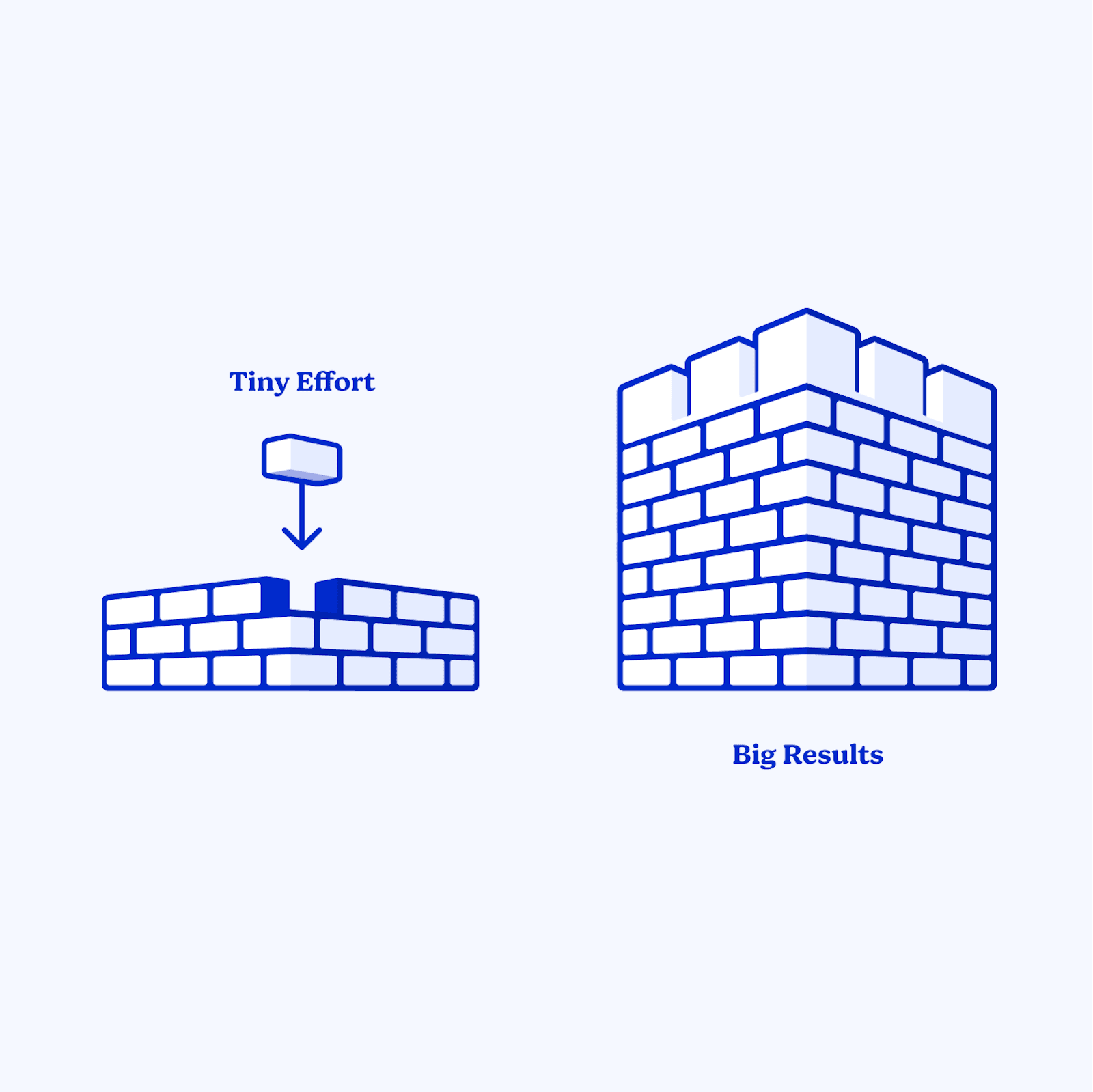
He recommends noticing the little moments throughout the day when you find a resource or notice a new project starting. By staying alert as you work and organizing continuously, you can avoid the resistance of a heavy lift of organizing all at once.
Tiago says the system is designed to be flexible and forgiving if something ends up in the wrong place:
“A perfect system you don’t use because it’s too complicated and error prone isn’t a perfect system—it’s a fragile system that will fall apart as soon as you turn your attention elsewhere.” (p. 221).
In addition to these light touch habits, Tiago recommends performing daily, weekly, and monthly reviews where you organize and tend to these folders.
Distill: Find the Essence
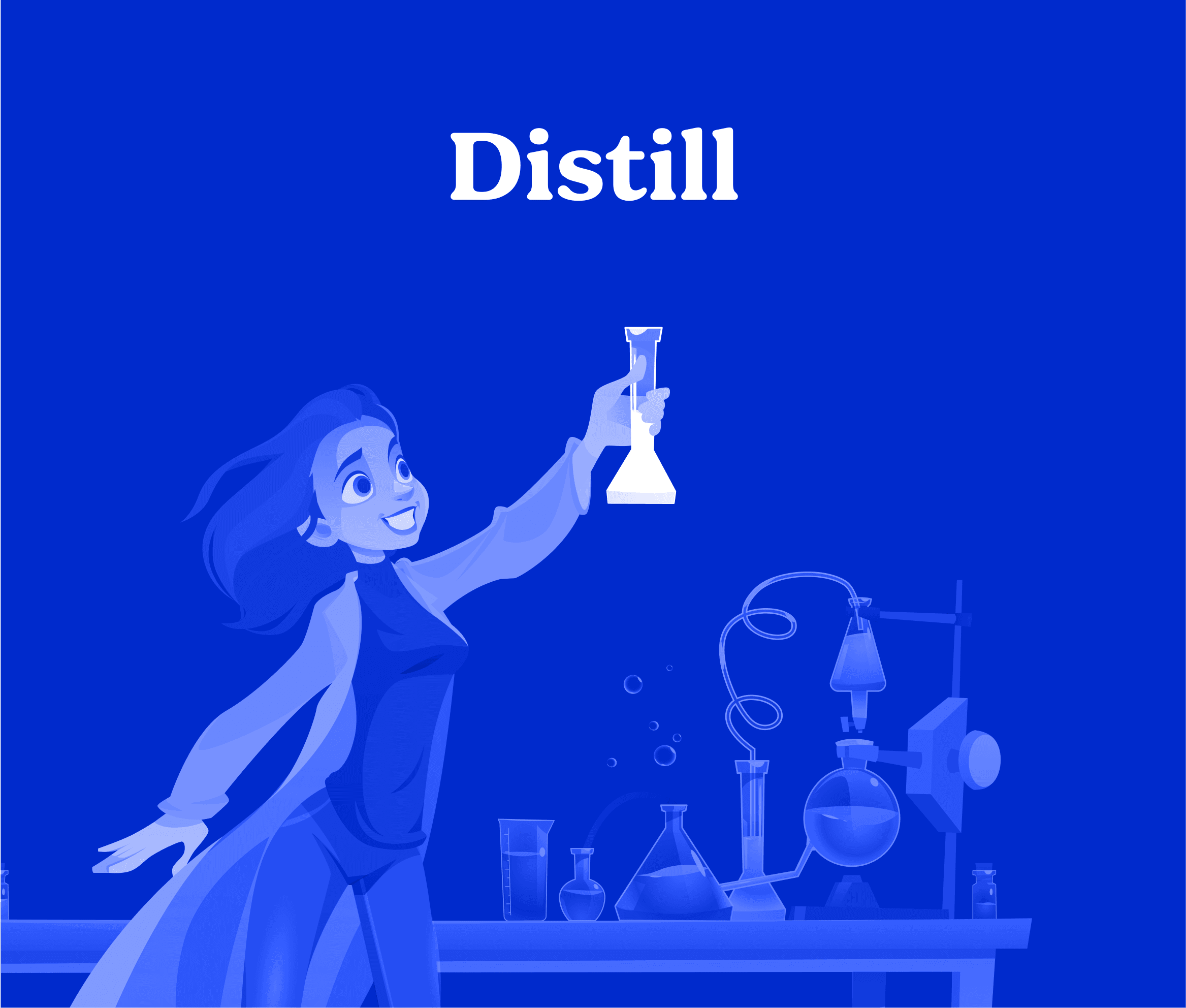
Once you've captured and organized, the next step is to distill. You want to focus on utility here. Imagine using this note in the future to get something done. How can you make that process as easy as possible? As Tiago says:
"How can I make this as useful as possible for my future self?" page 47
Imagine giving this note to your future self, and structure it to make it as useful as possible. How will you make it easy for yourself to understand in the future? How can you make it easy to take action with it?
“Notetaking is like time travel—you are sending packets of knowledge through time to your future self.” (p. 117).
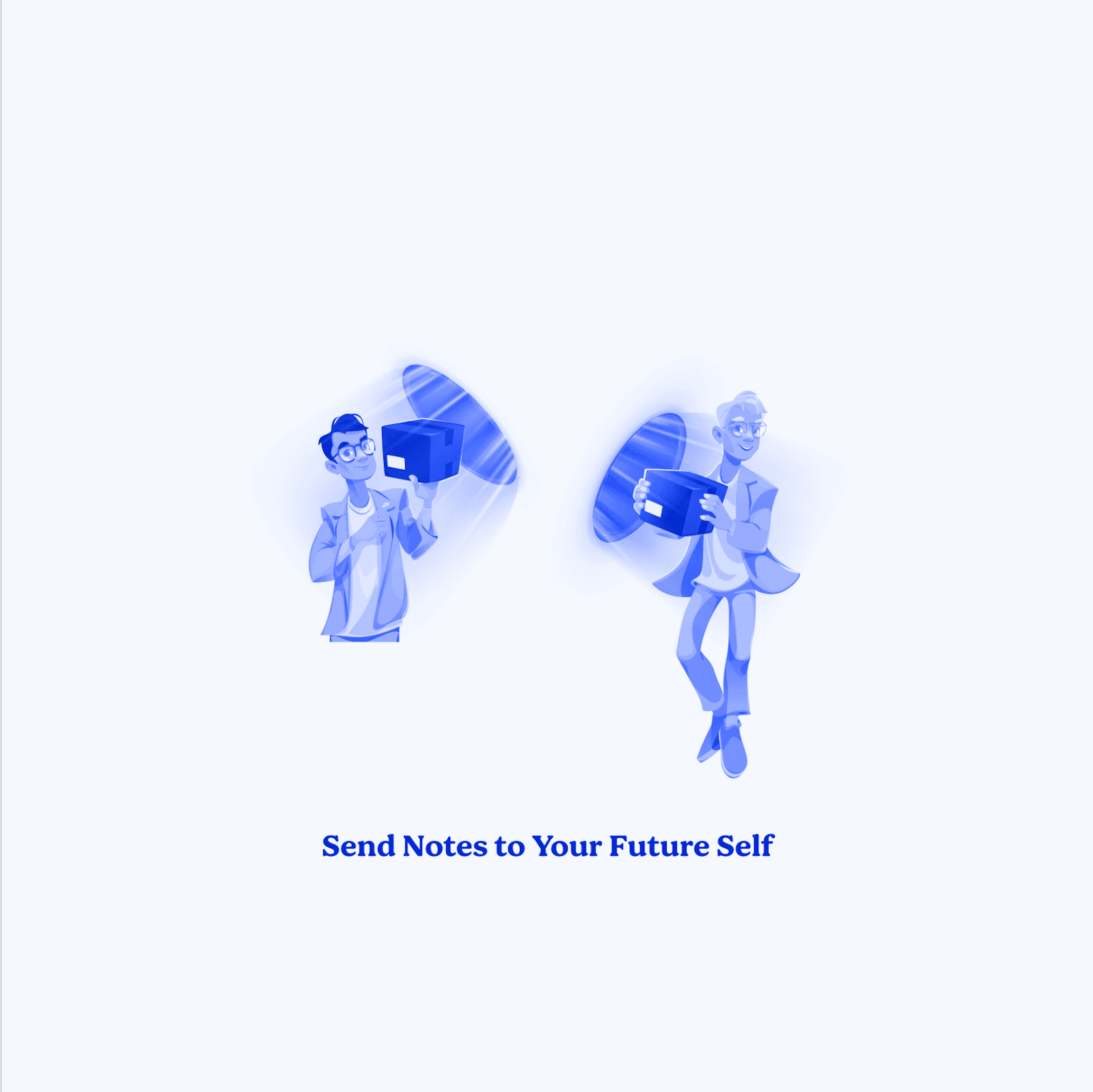
Picture your future self trying to get things done with a busy schedule. Your carefully structured notes could be your savior.
Tiago recommends Progressive Summarization for making notes useful. It allows you to iteratively refine a note, enhancing its readability with each interaction. It involves two simple steps:
The first time you revisit a note, emphasize the most important parts by making them bold.
The second time you revisit a note, emphasize the most important parts of the bolded sections by highlighting them.
When you use this process, notes become easier to scan and understand. When you return to this note in the future you’ll be able to grasp it quickly. With each pass your note becomes sharper and more refined.
Here’s how your the process transforms your notes:
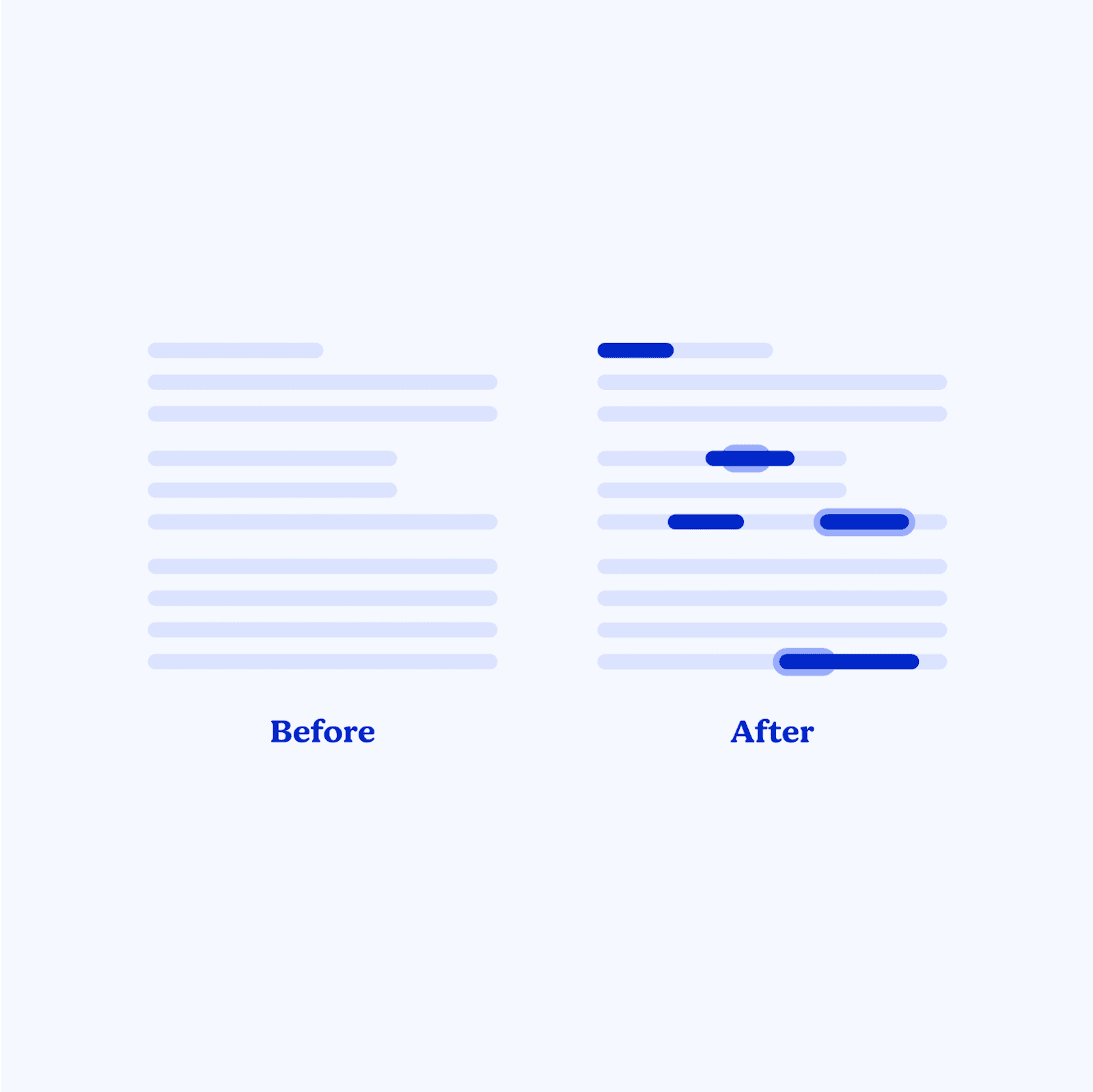
Progressive Summarization helps you let go of unnecessary information in favor of holding onto the essence of your note. As Tiago says:
“Progressive Summarization is not a method for remembering as much as possible—it is a method for forgetting as much as possible.” -page 137
Express: Show Your Work
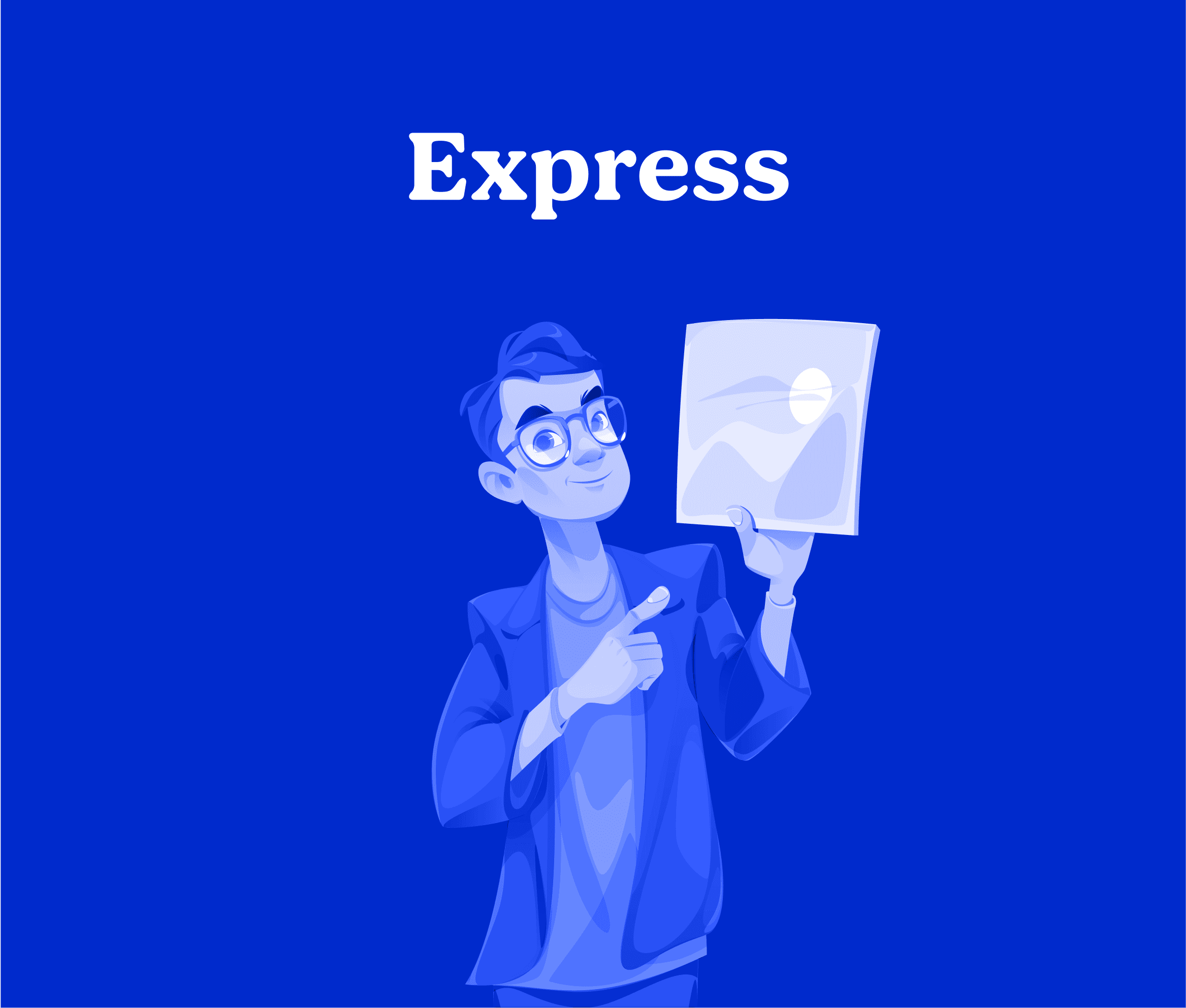
The final step in the process is called Express. It’s a shift in focus from consuming to creating where you begin to share your ideas.
“I recommend you shift as much of your time and effort as possible from consuming to creating.” (p. 48).
If you’re not used to sharing your work, it can be very intimidating. You can make it less scary by breaking it down into small pieces of work-in-progress that Tiago calls Intermediate Packets:
“Intermediate Packets are the concrete, individual building blocks that make up your work. For example, a set of notes from a team meeting, a list of relevant research findings, a brainstorm with collaborators, a slide deck analyzing the market, or a list of action items from a conference call. Any note can potentially be used as an Intermediate Packet in some larger project or goal.” (p. 152).
By breaking your work down into these smaller chunks it becomes easier to share. The more you’ve invested in a single piece of work, the more negative feedback will hurt. Feedback on a large piece of work feels risky because of your large time investment. By getting feedback on smaller chunks it’s less painful, easier to ask for, and faster to adjust.
There are several additional benefits to this modular approach:
You can make progress in shorter units of time.
You make it easier to start projects in the future with this bank of raw material
You can mix and match these small chunks to get new ideas
Intermediate Packets serve as versatile components for bigger projects in the same way cheese, tomatoes, and lettuce can be used in multiple recipes.
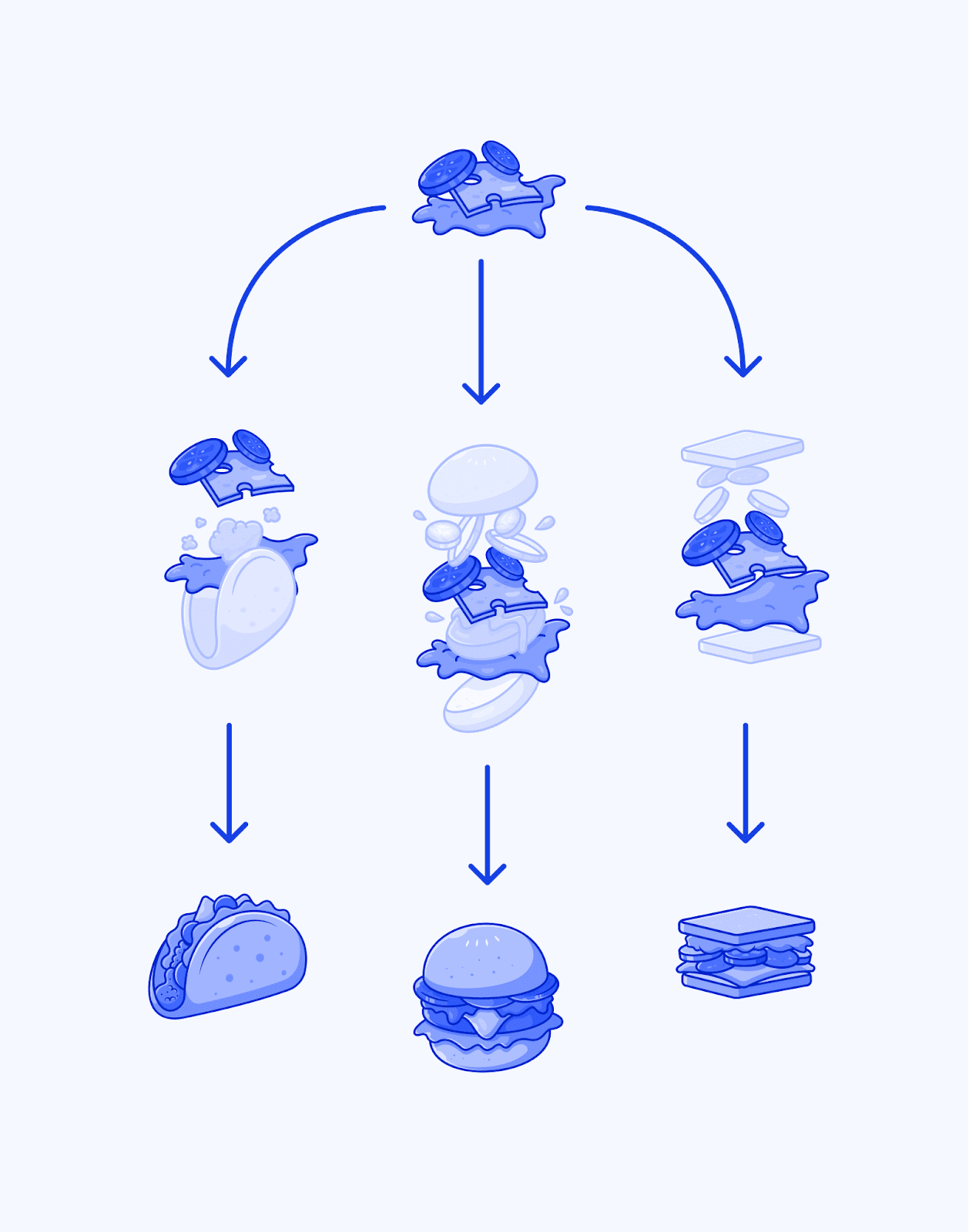
Start Building Your Second Brain
If you’d like to get started with Building a Second Brain, here are a few practical steps you can take right now:
Create a new note and start and list your active projects.
Create the PARA folders and start sorting information into them lightly as-you-go.
Pick a read-it-later app and use it to defend your focus and attention by delaying content consumption.
Start your day by picking one of your active projects to focus on.
Start doing a light weekly review. Just three questions: 1) What went well 2) What didn’t go well 3) What would I like to do differently next week.
Start practicing Progressive Summarization on your notes to make them easier to scan and use.
Next time you finish a project, try to create an Intermediate Packet you can use in a future project.
Don't Lose Your Free PDF
Get your Visual Guide to Building a Second Brain as a free PDF.
